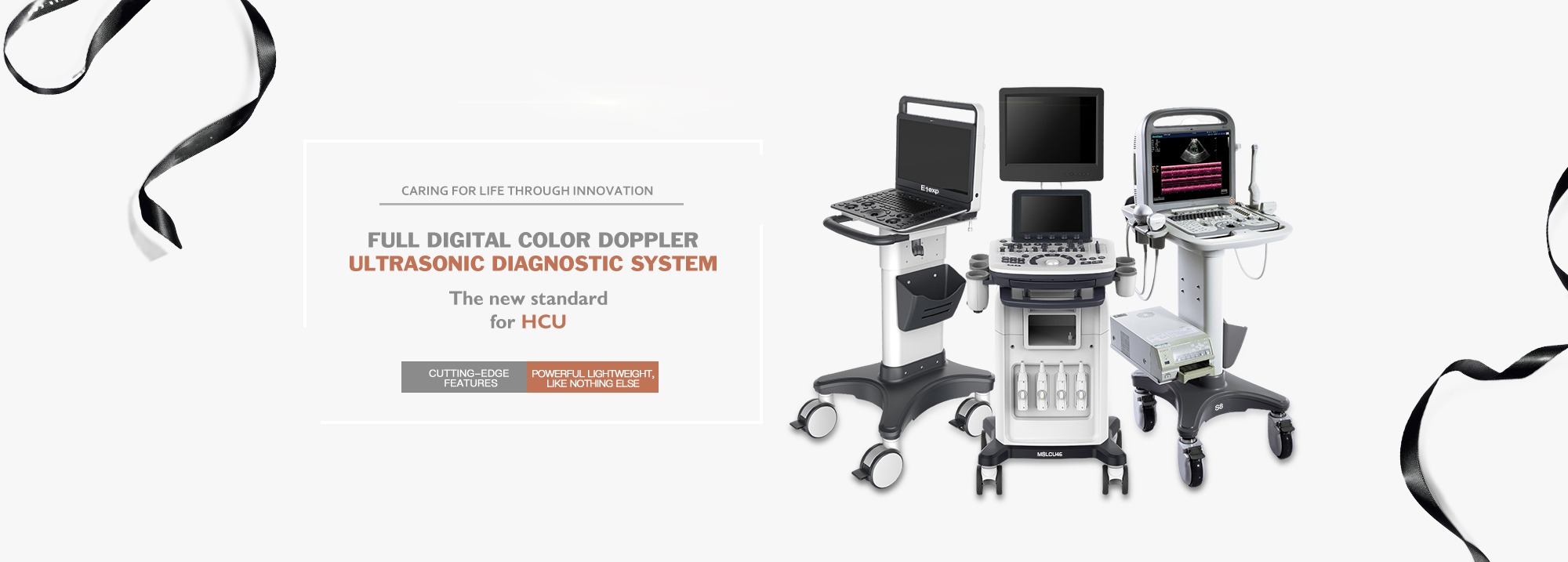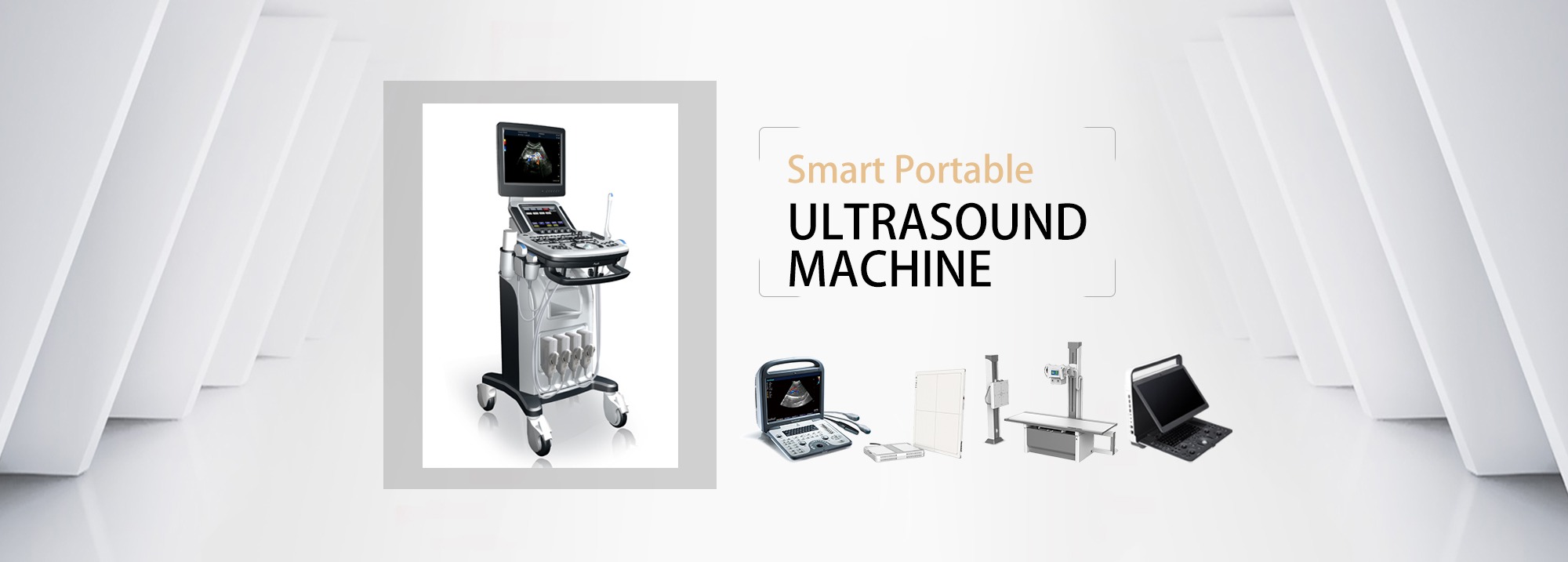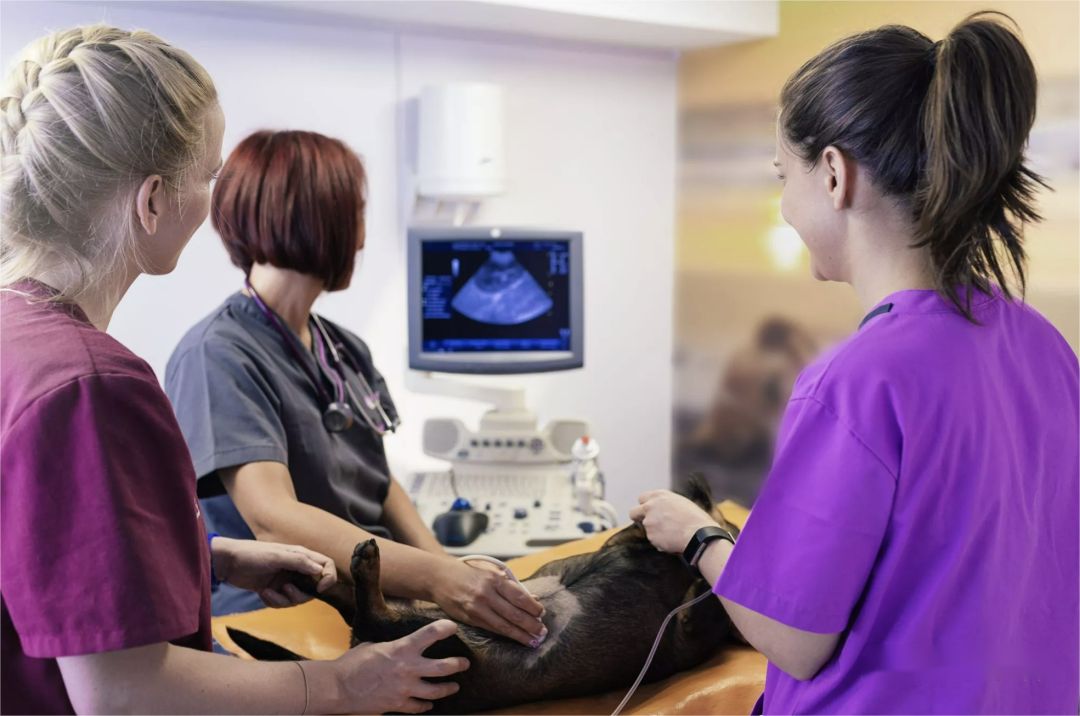
The use of ultrasound in the veterinary field is becoming more common as the use of ultrasound is no longer limited to human patients. Like us, our pets also need to undergo an ultrasound when they are in pain or suffering due to an illness. Unlike us, however, our four-legged friends cannot communicate any specific pain to the doctor and can only do so through their actions. Therefore, the use of ultrasound in veterinary practice becomes particularly important so that veterinarians can better understand your pet's health and easily and accurately identify what is troubling them.
While methods such as CT scans (computed tomography) and MRI (nuclear magnetic resonance) were used in the past, today, in most cases, veterinary ultrasonography is the preferred imaging method because it provides better images and is non-invasive, painless, less intense, radiation-free, and relatively inexpensive. In addition, the use of ultrasound in veterinary practice is now becoming common because it provides accurate and rapid diagnosis that allows for early detection of the disease, which speeds up treatment decisions and drug administration.
In fact, it's safe to say that the use of ultrasound in veterinary care has transformed the healthcare of our furry friends. As a result, their popularity continues to grow as more veterinarians utilize the technology to provide timely and improved medical care to their feline, canine and other animal patients. Just as in human medicine, ultrasound has diagnostic and therapeutic applications in veterinary science, although there is little difference in equipment and procedures.
In this article, we examine the advantages of using ultrasound in veterinary practice and some examples of applications in small animal veterinary medicine.
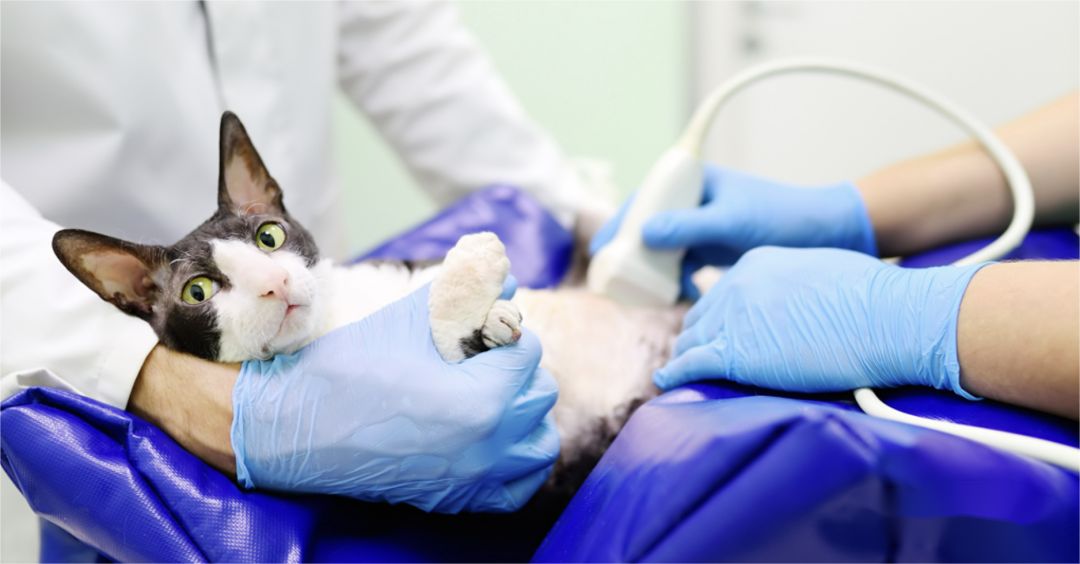
·Non-invasive - Ultrasound is non-invasive and is especially important in veterinary science because animals can avoid the pain and discomfort associated with invasive techniques like exploratory surgery.
·Real-time imaging - Ultrasound can display internal organs and tissues in real time to monitor the health of pets and pet fetuses in real time.
·No side effects - ultrasound does not require medication or anesthesia, which makes it particularly suitable for small animal examinations. In addition, unlike other imaging techniques, it does not cause side effects. However, it should be noted that in some cases it may be necessary to use a mild sedative to help keep the pet still.
·Speed and affordability - Ultrasound can provide accurate imaging faster and at a more affordable price than other technologies.
·Easy to use - Ultrasound diagnostic equipment is also easier to use. In addition, the development of the technology has led to faster, more compact, and more portable machines that provide high-quality imaging, further enhancing their ready-to-use and ease of use, even in emergency situations. In addition, ultrasound diagnostic devices can now even be brought to pet owners' homes, allowing pets to easily examine them in their own comfort.
·Easily combined with other imaging modalities - ultrasound allows veterinarians to examine organs or specific areas more closely. Therefore, it is sometimes combined with X-rays to provide a more complete diagnosis.

Ultrasound is crucial in veterinary medicine because it allows veterinarians to diagnose a range of diseases to which animals are susceptible. As a comprehensive diagnostic tool, ultrasound allows veterinarians to examine internal organs with precision, unlike X-rays, which typically provide a holistic picture of the area. More and more veterinary clinics or animal hospitals are adopting the tool to help them perform accurate diagnoses and other procedures.
Here, we outline several situations in which ultrasound can help detect:
·Ultrasound helps check for foreign objects that your pet occasionally ingests. X-rays cannot detect most of these objects, including fabrics, plastics, wood and other substances. Ultrasound can quickly detect foreign objects, allowing veterinarians to determine the correct course of action for quick removal, potentially saving pets from discomfort and pain and, in some cases, life-threatening conditions.
·A common symptom of ultrasound in veterinary practice is a prolonged elevation of liver enzymes.
·Other common clues for veterinary ultrasound are suspected cases of urinary tract disease, gastrointestinal disease, endocrine disease, tumor, trauma, unexplained fever, and immune-mediated disease.
Several other common diseases in dogs and cats are nonspecific inflammatory bowel disease and pancreatitis, and ultrasound can also be used as a diagnostic tool.
Unlike other imaging techniques such as X-rays, ultrasound helps distinguish fluids from soft tissue lumps and foreign bodies, allowing more medical conditions to be diagnosed.
·Although X-rays can be used, they cannot help to clearly assess the abdomen for an accurate diagnosis. Ultrasound is suitable for more precise determination of problems in the liver, gallbladder, kidneys, adrenal glands, spleen, bladder, pancreas, lymph nodes and blood vessels.
·Ultrasound can be used to identify cases of pericardial effusion and hematoabdominal blood affecting the heart and abdomen. Compared to other imaging technologies, it is able to diagnose these diseases faster, translating into timely treatment, removing blood from the abdomen or around the heart, thus saving the life of the affected pet.
· Echocardiography helps to assess heart function and diagnose many heart diseases. It can also help check blood flow, assess the quality of blood flow through the arteries, and the function of the heart valves.
·Diagnostic ultrasound devices can help perform small biopsies of organs or lumps, surgical procedures, and obtaining urine from the bladder, among other things. It also helps detect or rule out problems such as bladder stones or urinary tract infections.
· Ultrasound can help detect a variety of abnormalities, such as kidney disease, tumors or lumps, including cancer, gastrointestinal inflammation, and more.
·Ultrasound can also help veterinarians check for enlarged organs.
·In addition, ultrasound helps to detect the number of pet fetuses and determine the length of gestation. In addition, it can monitor the development of the fetus at every stage of pregnancy. It can even monitor the development of puppies and kittens.
All in all, ultrasound has revolutionized small animal veterinary medicine by enabling veterinarians to provide quality care in a timely manner. In addition, it is expected to be used in veterinary practice.
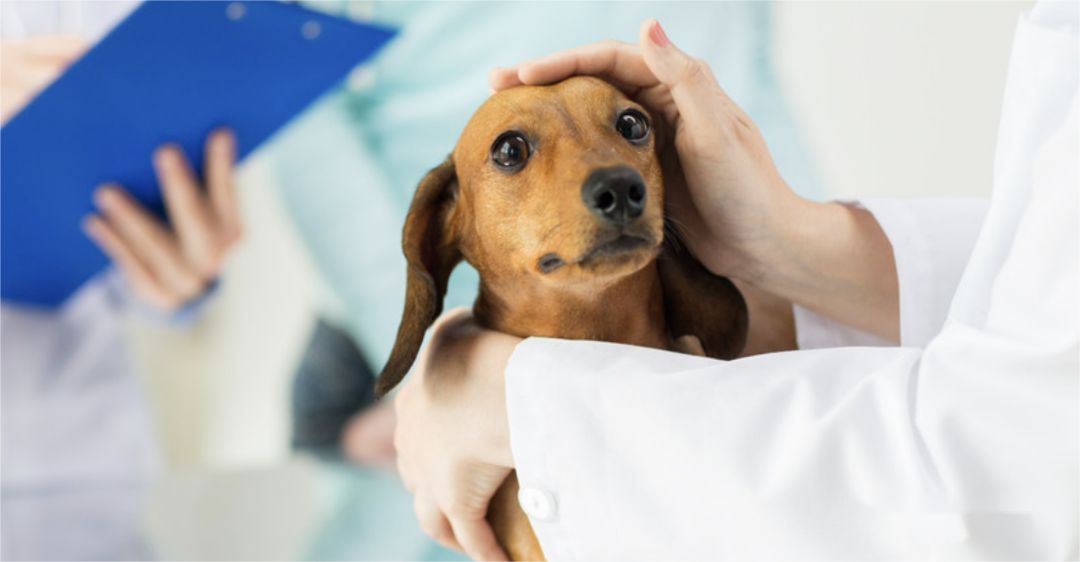
Post time: Nov-17-2023

